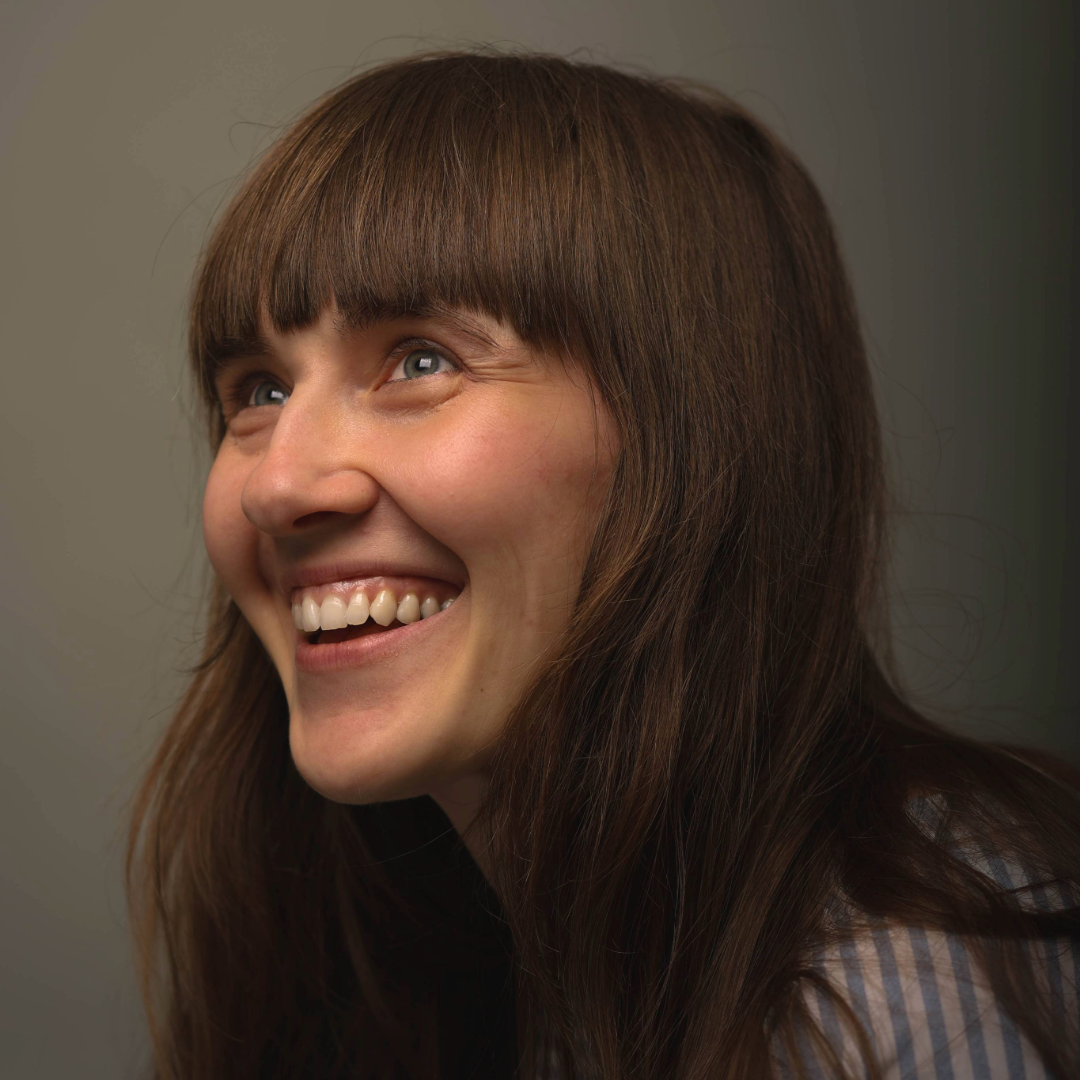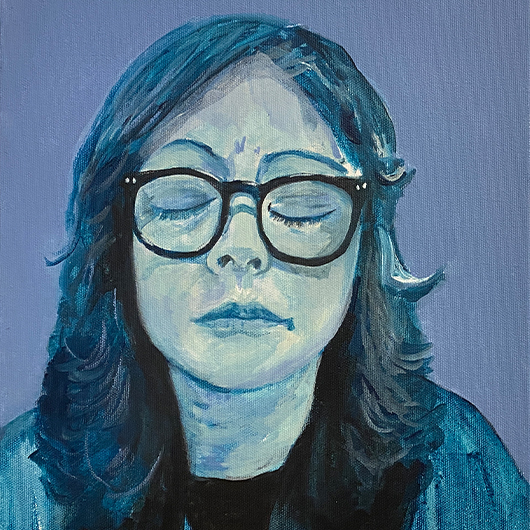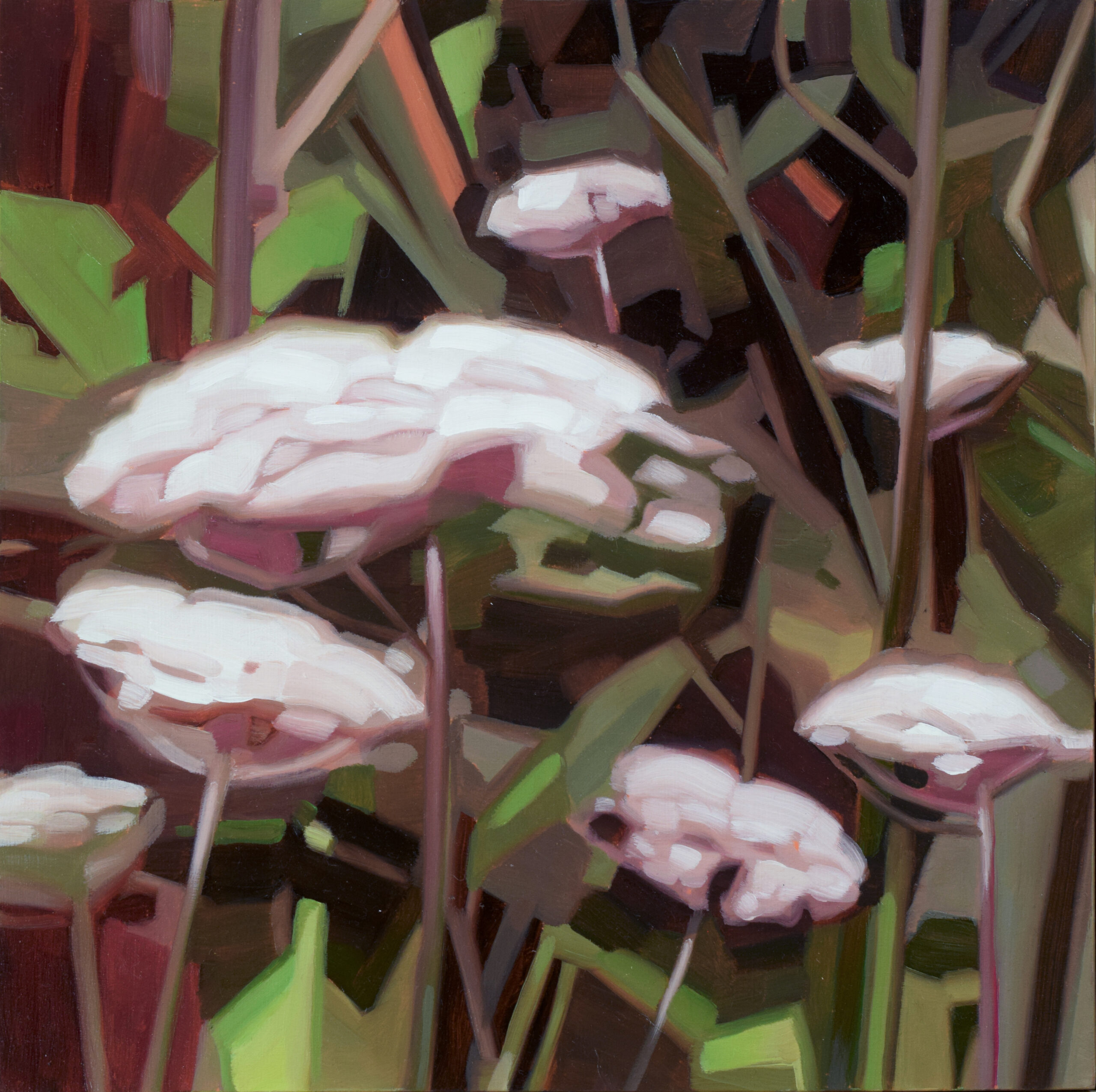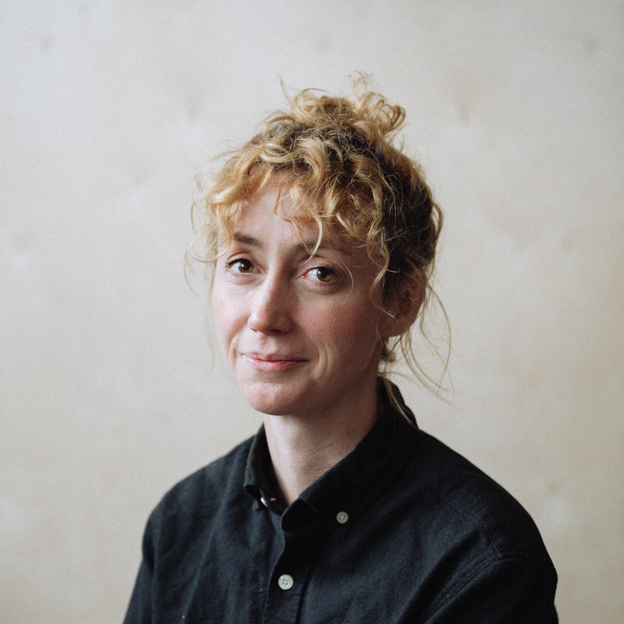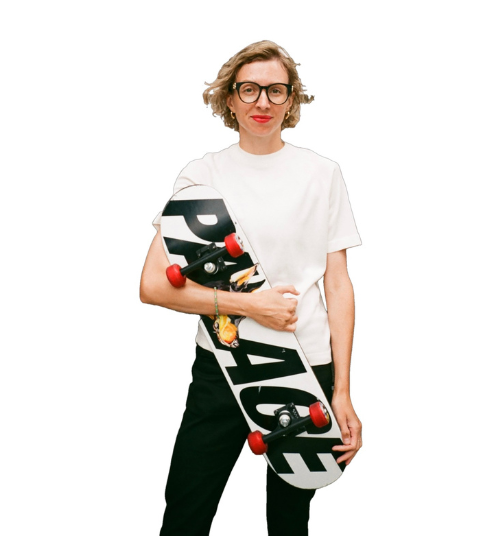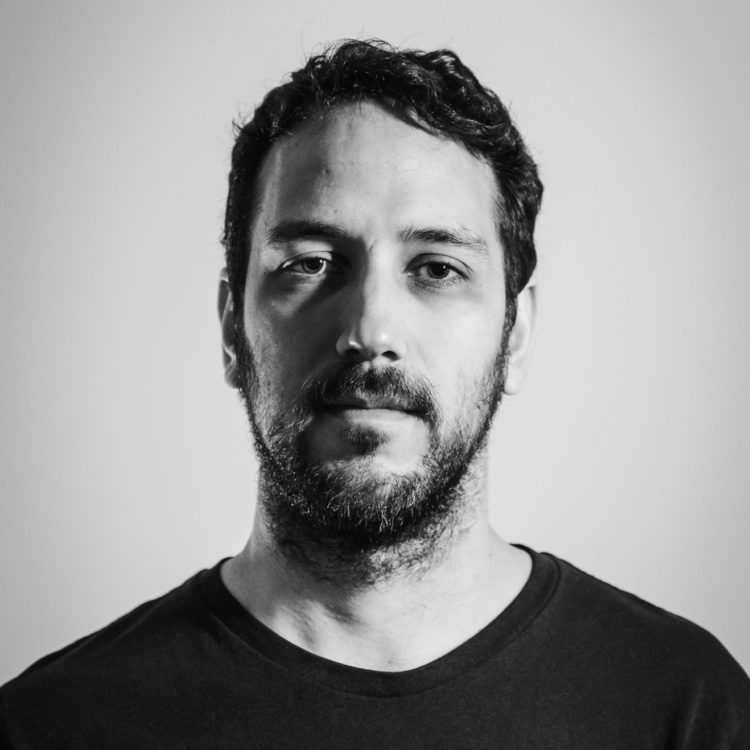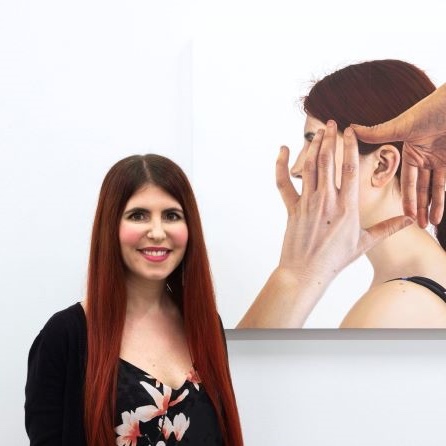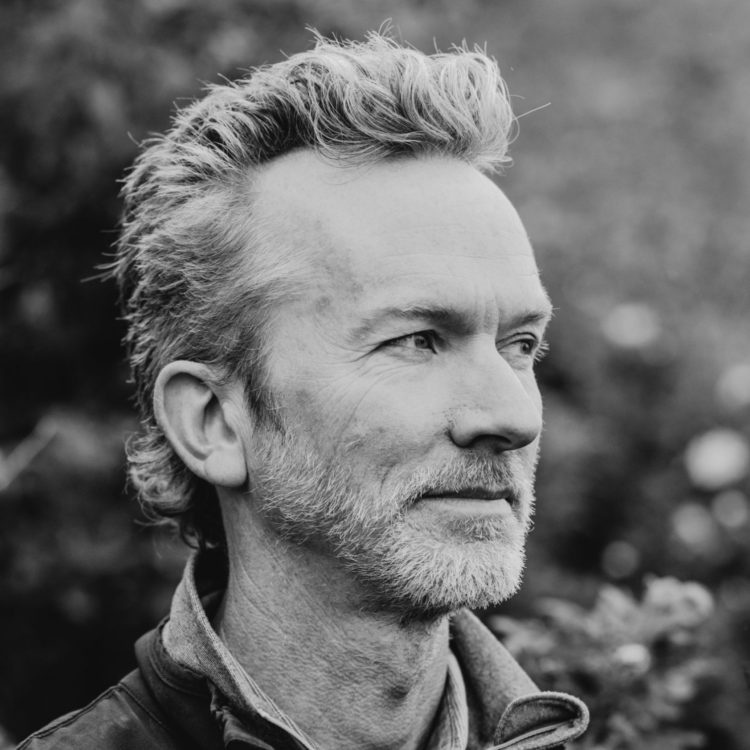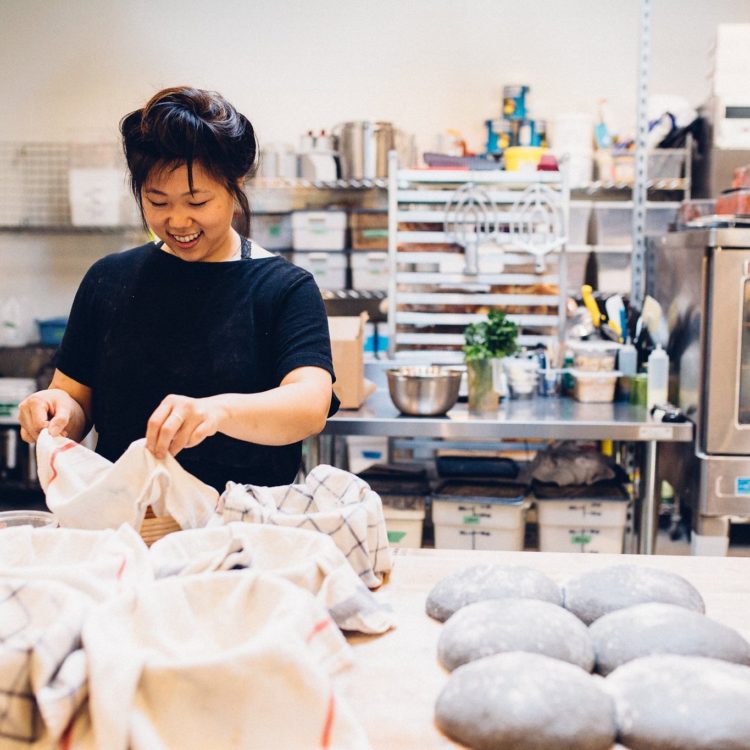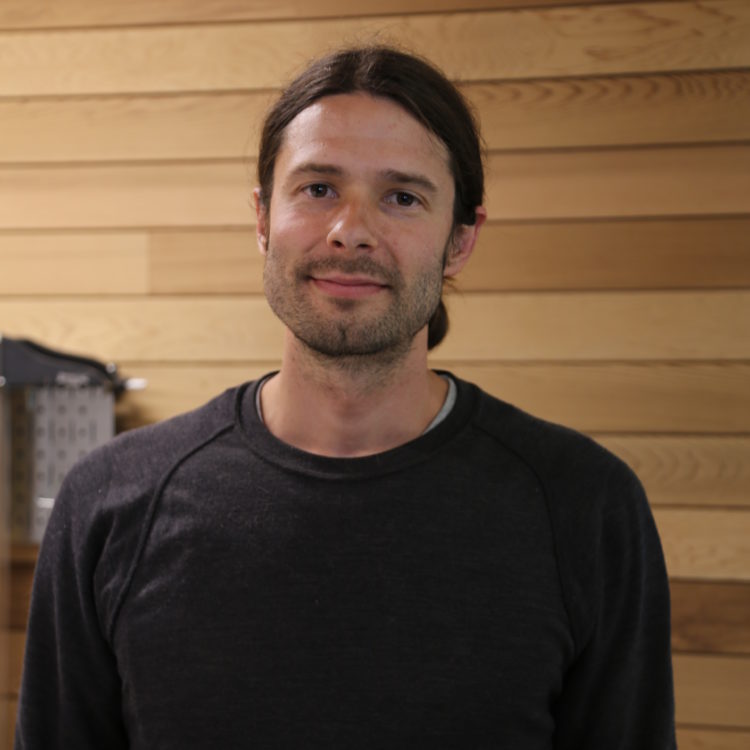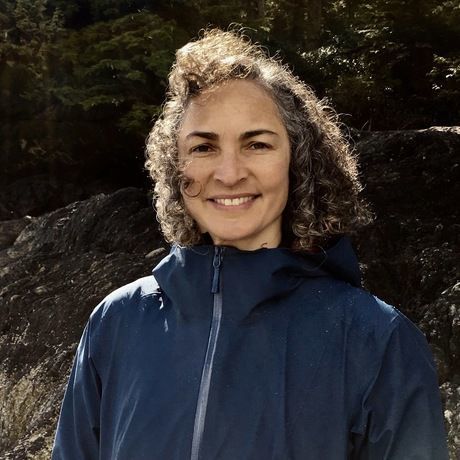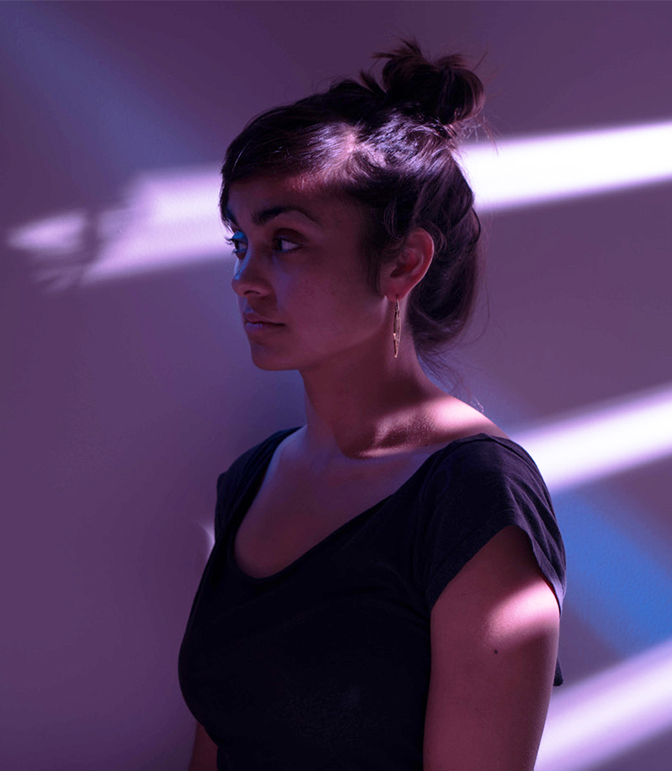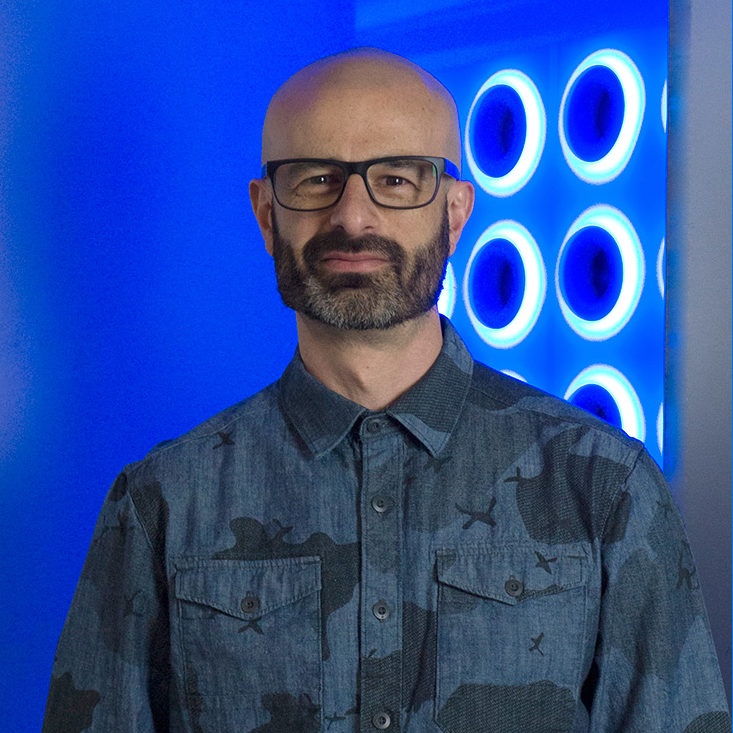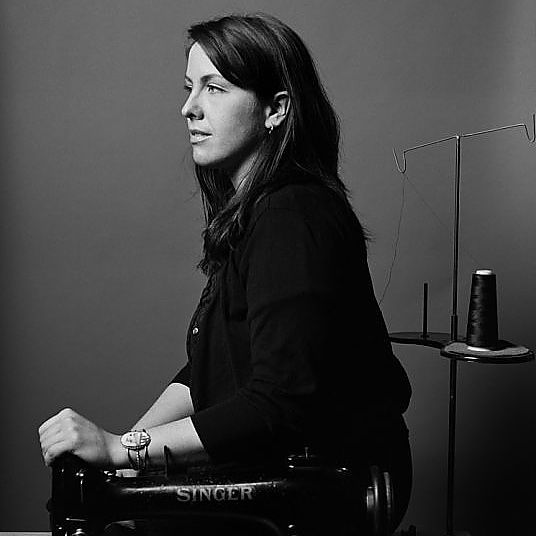Lori Weidenhammer
A Bee-lightened Delightful Unburdening: From Arbutus to Gumweed
May – July 2023
Location
Victoria
Lori Weidenhammer, aka Madame Beespeaker is a Vancouver performance-based interdisciplinary artist and educator. She is a settler originally from Cactus Lake, Saskatchewan. Lori is the author of a best-selling book called Victory Gardens for Bees: A DIY Guide for Saving the Bees published by Douglas and McIntyre. For the past several years she has been appearing as the persona Madame Beespeaker, practising the tradition of “telling the bees”. As a food security volunteer, artist and activist she works with students of all ages on eating locally and gardening for pollinators. She uses many art forms in her art practise including garden designing, drawing, painting, collage, printmaking, cyanotypes, sculpture, photography, textiles, singing, culinary arts and installation. Lori is a board member of the Native Bee Society of British Columbia and a recipient of the Entomological Society of Canada’s Norman Criddle award for her work as an amateur naturalist.
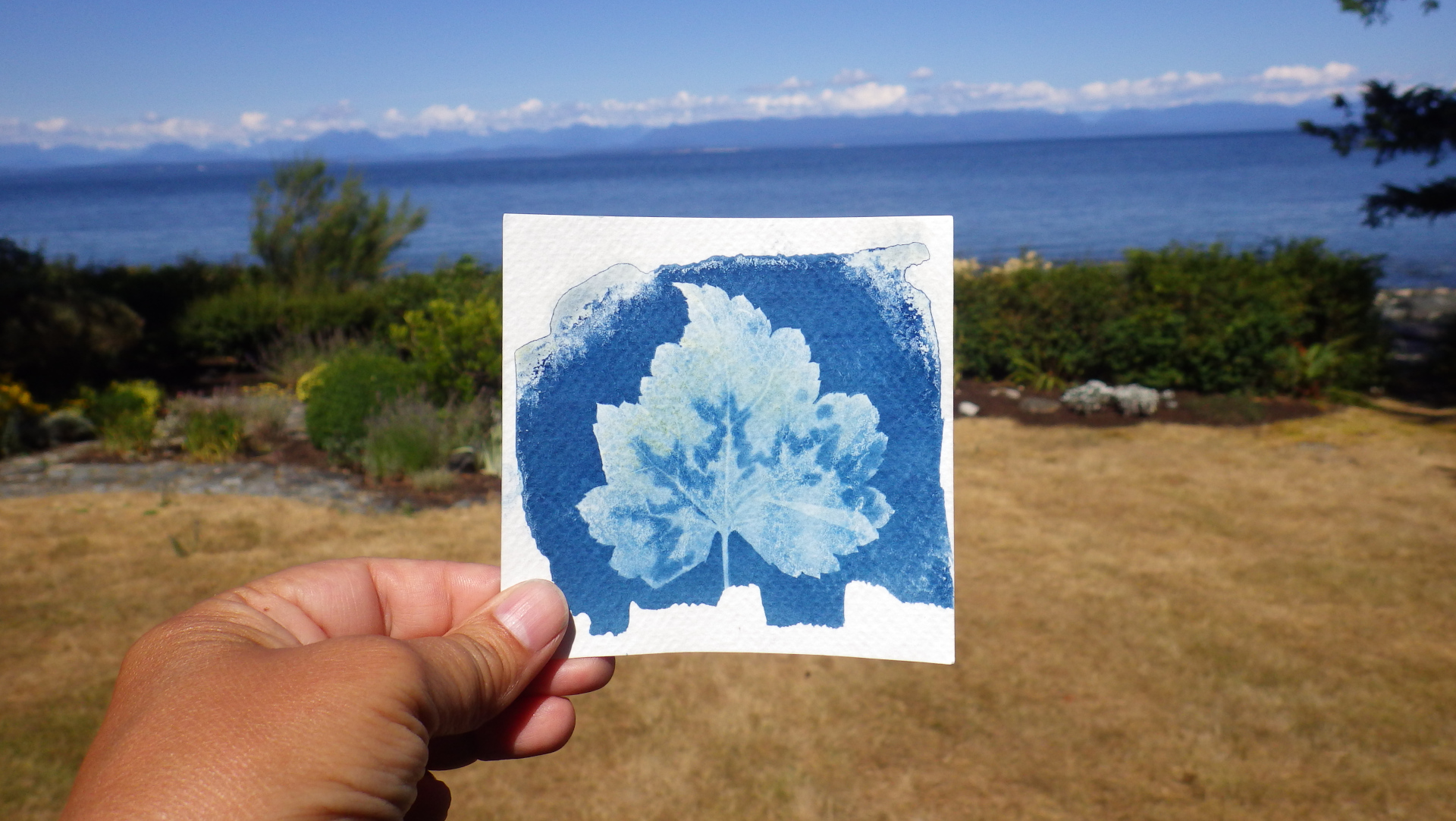
Artist statement
It started with bees and arbutus leaves, and ended with gumweed. My main body of artwork is inspired by all things bees and plants related to the life cycles of bees, whether for food or nesting or both. Being new to the Vancouver Island, I was able to spend quality time in the Garry Oak ecosystem, which is one of my favorite places to be with bees. And I reveled in it—from the earliest pussy willows harboring shivering bumble bee gynes and fragrant arbutus blossoms to the showy end of season bee plants: fireweed, hardhack, goldenrod and gumweed. I shared my explorations of island bee plants and bee with the hcma Victoria office with cyanotype workshops and bee walks.
The patterns left by leaf miners on arbutus leaves were intriguing to me, so I did the research and found they were created by the caterpillars of two different miniature moths. I began stitching these patterns in leaves I cut from silk organza as a form of meditation. Stitching grounds me and helps me deal with climate change anxiety. I started making a costume piece from the stitched leaves, which is a work in progress. I imagine a costume inspired by the arbutus leaf miners which I will wear while talking and singing about the leaf miners.
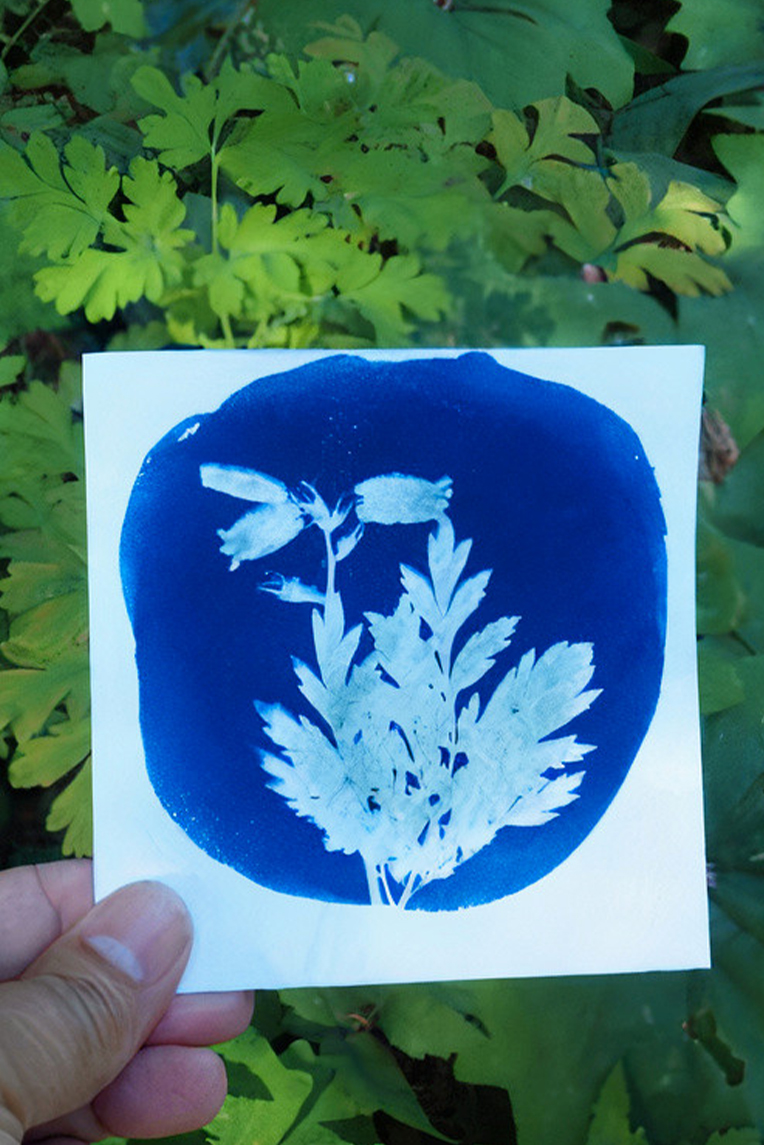

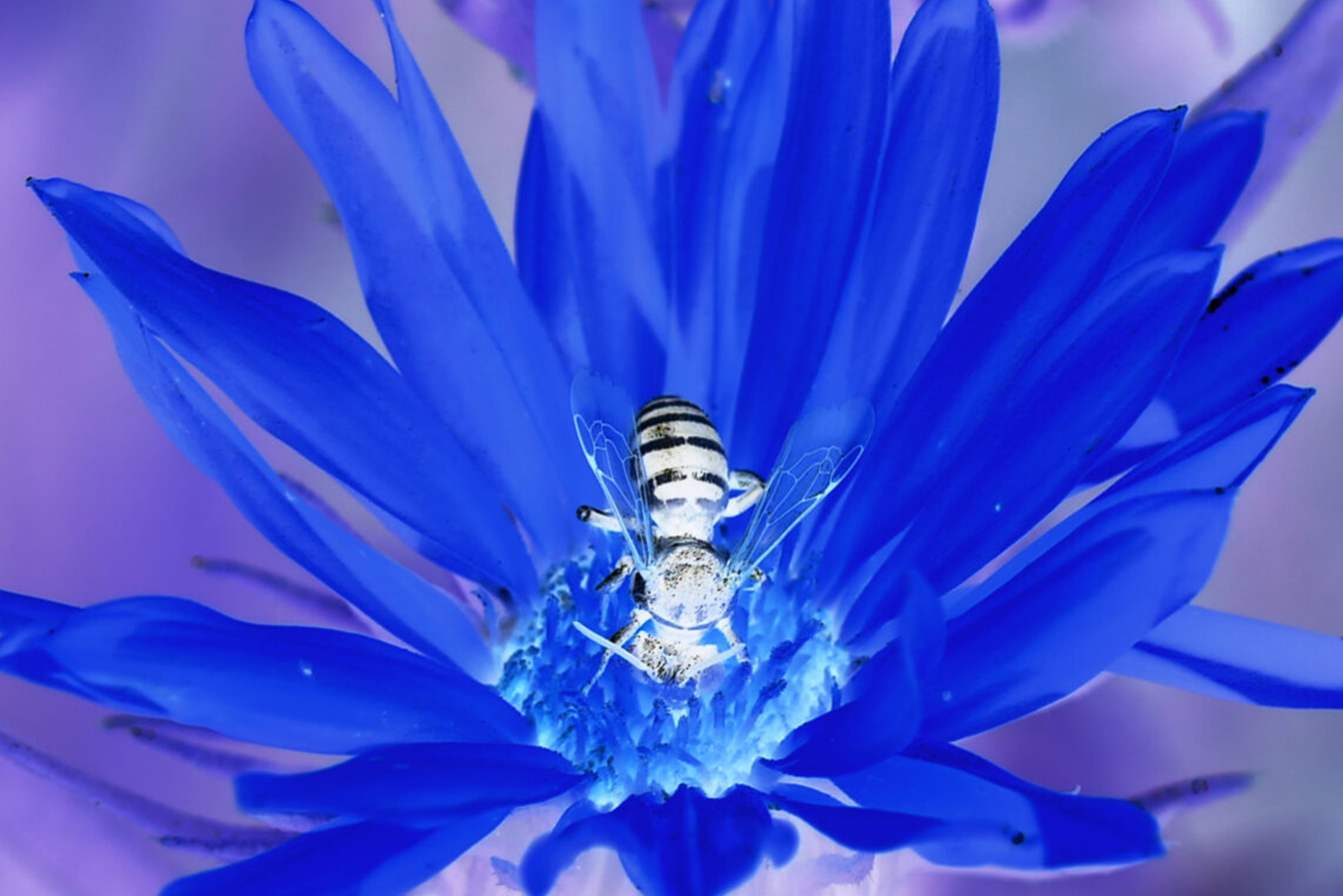
Stitching is more of a cold weather activity for me. Once the bee season really heats up, literally and figuratively, I switched to making cyanotypes I was given the chance to stay at the McLoughlin Gardens cottage by the Comox Valley Art Gallery. I really got into the zone and was able to do a deep dive into the cyanotype process with local native bee plants. I learned a lot about the medium and became very attuned to the plants that were blooming.
I was able to photograph bees all during this residency—from the wee bees in the camas in late May in Beacon hill park, to the cuckoo bees in the gumweed in Uplands in mid July. My favorite were the cliff nesting bees I found on the beach below Beacon Hill Park (Anthophora bomboides). I took photos of the bees and their unique chimney nests which I plan to print as negatives on acetate and then make cyanotypes of them to accompany the botanical cyanotypes.
The process of making cyanotypes is very addictive and cathartic—a delightful unburdening that I plan to share with more people as a legacy of this project. I feel it’s a good example of how art can deepen a connection to nature and create a memento mori that anchors that connection to a time and place. I tell people that becoming a better naturalist can make you a better gardener. I feel the same way about design—becoming more connected to nature can potentially make you a better designer.
